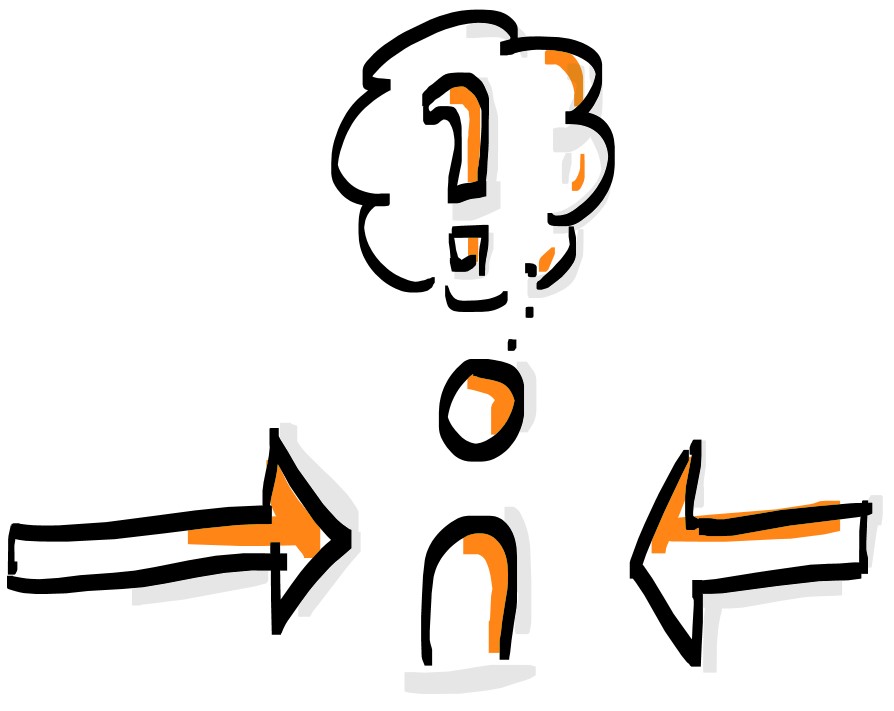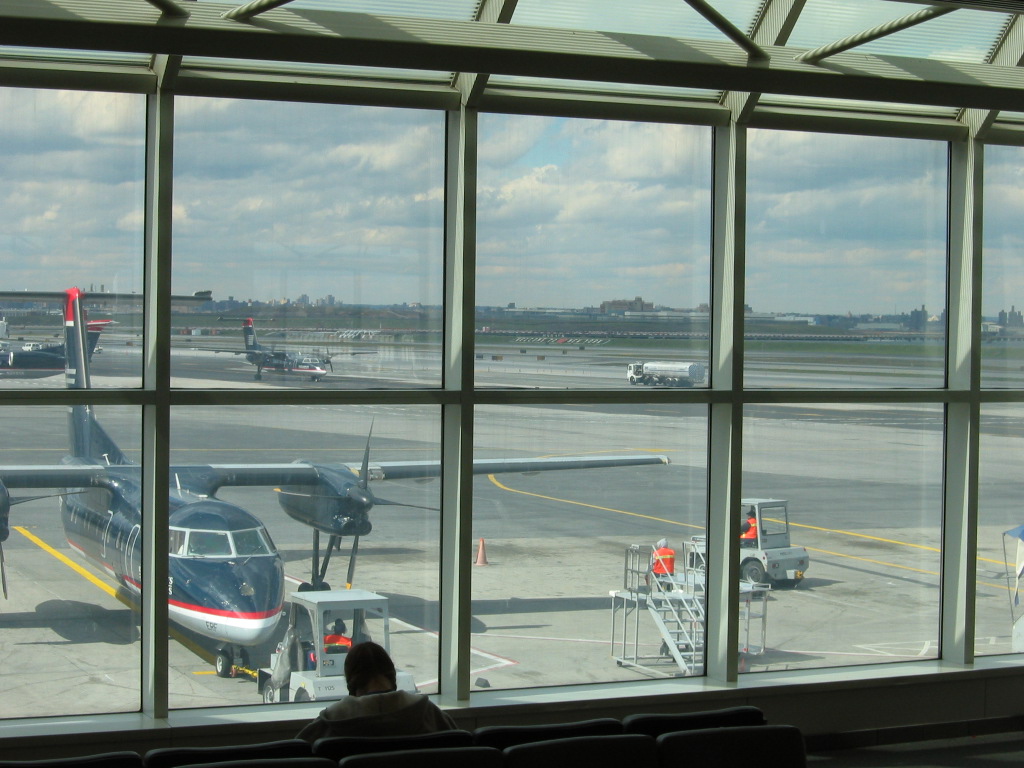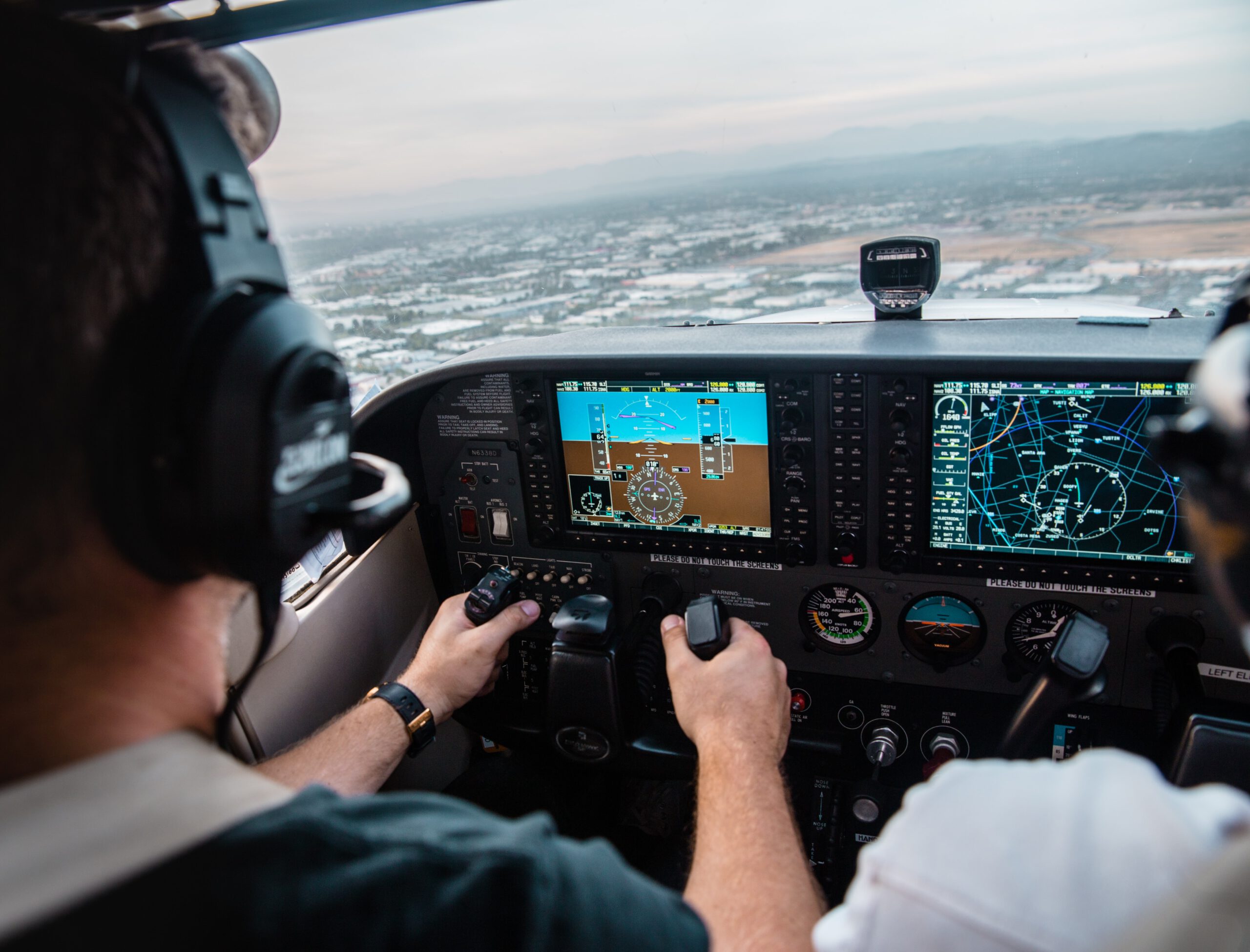Everything is cleverly arranged by nature
we are saved from many an adversity. For example, when we get up in the morning, we don’t get painfully stuck on the bedpost every time without fully concentrating on it. The autopilot helps us and ensures that we can turn our attention to other things without worrying, such as looking forward to our morning coffee. This automatic mechanism is a reliable resource guardian, which is very welcome.
Where do you want to go?
However, it also ensures that we are by no means in control of everything, as we high-performing doers often think. The opposite is the case!
We have little to no influence on many processes. In fact, the bitter truth is that most of what we do is absolutely unconscious.

Whether we really stand behind our actions – we almost never ask ourselves that question
Or do you know exactly what you actually want in general and in every situation? Do you know each and every one of your goals? What are your principles, what exactly are your personal values based on which you make your decisions? What roles do you want to play in your life – genuinely?
Have you ever asked yourself these questions openly, honestly and consciously? If so, when was the last time you did?
Where do you want your journey to go, why and: how do you want to get there? Are you (still) up to date in this regard? Have you ever been?
Airplanes are considered the safest form of transportation.
Autopilot, early warning systems and standardized procedures ensure the greatest possible safety. However: pilots learn for good reason to deliberately turn off the autopilot in certain situations, deviate from standard procedures, operate systems manually, and fly by sight and with gauges.
In some situations, this is the better way. That is, whenever the external circumstances do not fit the standard procedures.

As in aviation, in human interaction
one encounters situations where entrenched thought structures and automatic reaction patterns do not fit. Then, these automatisms sometimes cause hard or outright crash landings.
When we do this, we often only realize in retrospect how dicey the situations were. We realize this, for example, whenever we regret what we said or did in heated debates or arguments.
Then we are struck with the realization that different behavior would have been more appropriate or better: “If only I had…”
Getting there with confidence
The bad news is that such situations can never be completely avoided. The good news, however, is that these “incidents” can be greatly reduced.
As in air travel, the way to do this is through practiced and attentive observation. More specifically, in the observation of oneself and those social situations in which we find ourselves at the moment.
For successful (self-) management, the following applies: Those who assess situations well and have flexible patterns of thought and action will (re)act well.
Compared to pilots in flying
however, we humans have more difficult constraints in life. If at all, we acquire theoretical knowledge about our own flying apparatus (body and body functions or modes of operation) and the associated flying technique (patterns of thought and action) as autodidacts without a trainer.
We are also left to ourselves to practice our maneuvers, we do this without a simulator in real time. Also, there are no cockpit gauges available to us for our maneuvers until we obtain them ourselves.
To be able to act or react consciously when the situation requires it, we have to take care of our instruments, early warning systems and the button with which we activate or deactivate our autopilot ourselves.

But how?
How do we manage to keep our own values and goals in mind, to permanently observe our own behavior as well as that of others, and to consciously decide how – now – we behave best?
To stay in the picture: A good way to get hold of a vehicle capable of flying and to learn to fly are concentration and mindfulness exercises. They all have the goal of enabling you to recognize your thought patterns and impulses for action and to observe them permanently in order to use them purposefully depending on the situation.
There are many exercises
that can be easily integrated into everyday life. The classic is daily meditation for at least ten minutes (preferably in the morning).
For those who find this too spiritual or esoteric, or perhaps not enough, simple concentration exercises might be the way to go. Relaxation exercises such as breath relaxation and progressive muscle relaxation are also very good and proven ways of effective self-management. Guidance on these can be found in the notes below.
 It’s a good idea
It’s a good idea
trying many methods to find the right one. They only work well, of course, if you feel comfortable with them. Practice regularly and without pressure. That’s what matters! It will be unfamiliar at first, especially practicing regularly is hard in the beginning.
But you will soon find that you are more confident in dealing with critical situations, discovering severe weather zones early, and then choosing the safe routes to fly. This way you will reach your flight destination more often and more relaxed.
Notes
- Csikszentmihalyi, Mihaly: Flow: The Psychology of Optimal Experience
- Gigerenzer: Riosk Savvy: How To Make Good Decisions
- Kabat-Zinn, Jon: Full Catastrophe Living: Using the Wisdom of Your Body and Mind to Face Stress, Pain, and Illness
- Kornfield, Jack: Guided Meditations

 It’s a good idea
It’s a good idea